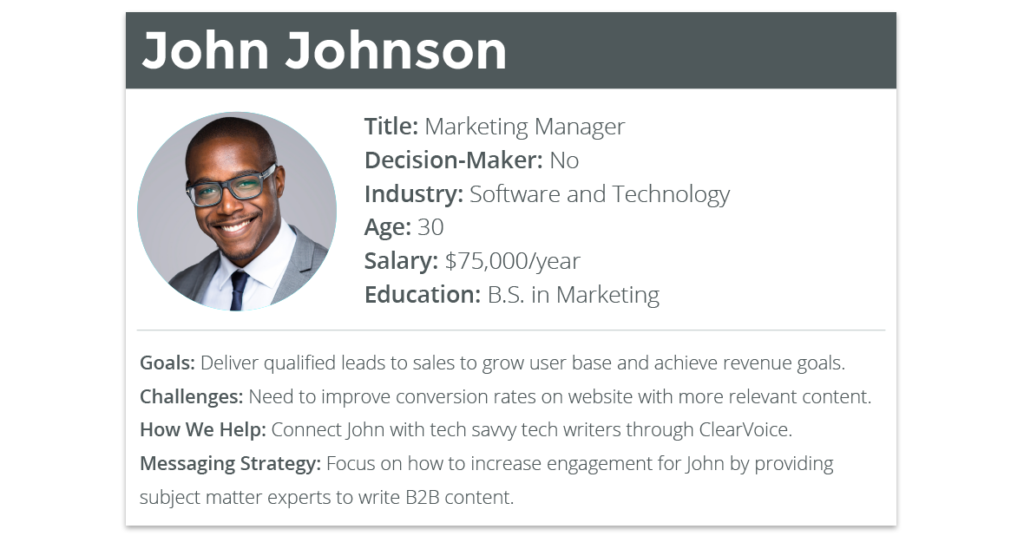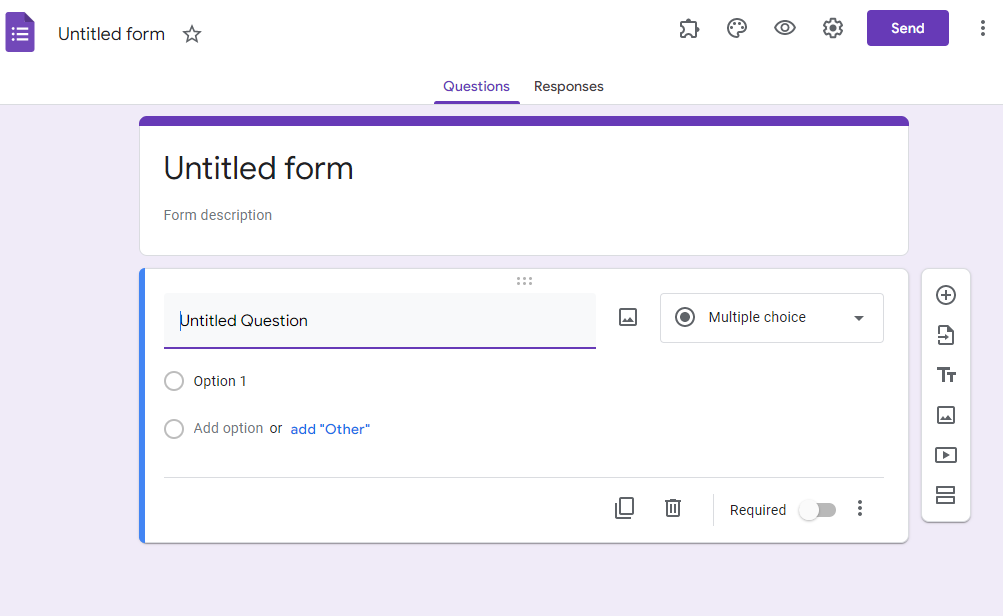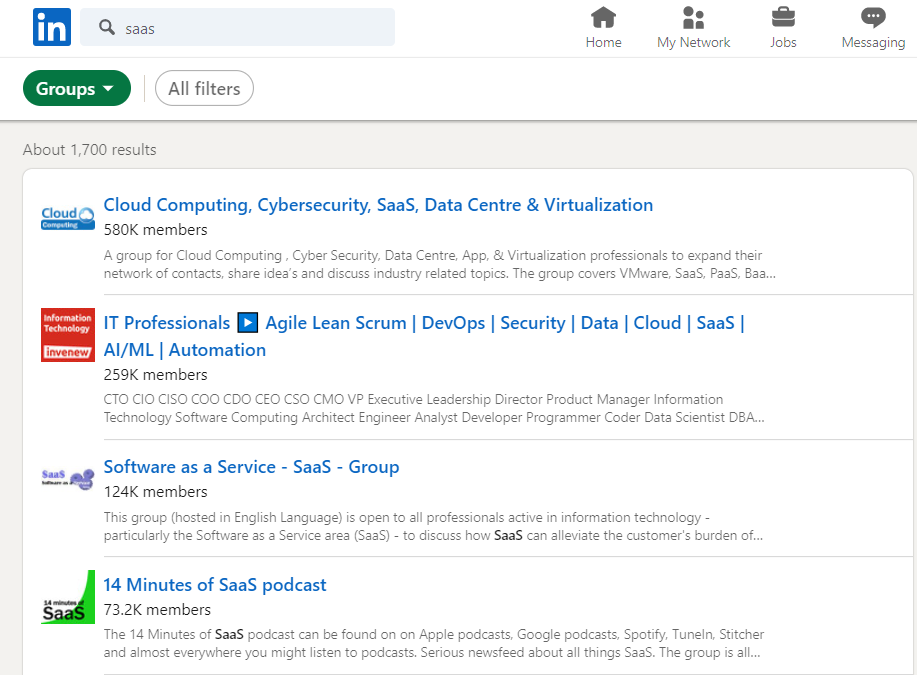
Identifying your target audience is an important process, no matter what position your business is in. Successfully highlighting who you should be marketing to can make your many of your efforts far more efficient. When it comes to things like strategy and planning, knowing who to target is key. However, it takes time and knowledge, as well as plenty of customer research, to nail down your target audience. We take a look at how you can go about doing so.
How will customer research help nail down your target audience?
No amount of theories, assumptions, and ideas can accurately predict how your customers are going to respond. The best way to fully appreciate how people will react to your product or service is to conduct some thorough customer research. It can help you find out exactly who your target audience should be, what they think about your ideas, and what motivates them to make a purchase.
Customer research can give you both qualitative and quantitative information about your audience. This, in turn, allows you to make informed decisions about marketing, strategy, and finances. What’s more, it allows you to figure out the different types of audiences that you’ll be interacting with, as well as what they respond to. For things like lead generation, this can also be make or break.
Prerequisite to great customer research
Before you get started with your audience research, there are a few points you need to consider. These will make the whole process a lot more straightforward, and mean the results speak for themselves. Here are a few pointers to bear in mind:
- Know your customer persona. Before you can understand how customers or clients behave, you’ll want to first think about who they are. A customer persona defines generalized representations of who your ideal customers are. Having this in mind makes your customer research much easier.
- Know the problem. What problem are you trying to solve? Having this ultimate goal in mind means you can quantify how well your customer research is going.
- Understand the methods. There are both primary and secondary methods of conducting research. Primary is research you conduct yourself, while secondary involves looking at existing data.
- Prepare in advance. You’ll want to define your aims, competitors, and industry situation before you start your research. This information gives added context to what you’re trying to do.

What problem are you trying to solve?
Let’s start by looking at what your goal is when it comes to customer research. Obviously, you want to identify your target audience. But for them, you’ll need to identify and solve and problem if you’re to be successful. Of course, that’s sometimes easier said than done.
Below, we’ve highlighted some of the problems you might be trying to solve with your audience analysis questions:
- Standing out from the crowd. B2B sales is a competitive place at the best of times. By understanding your customers and nailing down your target audience, you can make sure you stand out from the crowd. Your engagements are more personalized, making it easier to engage with potential leads.
- Building a database of loyal customers. Securing repeat business is the holy grail of B2B sales. By knowing your target audience, you can more effectively target the people who are likely to keep using your service, as well as knowing how to improve your offering.
- Dealing with resistance to change. It’s sometimes easy for companies to get stuck in the same old routines. Effective customer research can serve to ignite change for the better, allowing you to keep up with the demands of the market.
Who are you solving it for?

This is a point we touched upon in the previous sections. Ultimately, your audience research should help you solve problems, for both you and your customers. But you need to identify who these people are, as well as what you’re trying to solve.
For your customers, knowing the different types of audiences solves a problem for you. However, it also then allows you to solve problems for your audiences. It identifies pain points in your product or service and gives insight into your customer experience and demographic data.
Essential customer research methods
Before we take a look at a step-by-step of how to execute proper customer research, let’s first examine some of the options available to you.
As we’ve mentioned, there are both primary and secondary options that you can choose from. Secondary research gives you the advantage of being able to compare various studies and demographics without having to spend time carrying out the research. It’s often a quicker and less expensive way of gathering information. However, it’s also not as relevant or detailed as primary research.
If you’re trying to boost sales, for example, you’ll want as much insight as possible into how your target audience behaves and responds. That’s why primary research is so valuable. With the methods outlined below, you can gather data on your target audiences:
Focus groups
Focus groups are one of the tried and tested methods of market research. They’re often used to gather opinions and attitudes about new products/services and are a good place to start if you’re bringing a new product/service to the market. Often, this type of research is done at the conceptual stage before deciding on whether to head to production.
Often, a moderator is required to run a focus group, as discussion is central to the premise. This moderator must have a good understanding of the product/service, as well as the market. That being said, it’s a useful way of getting insight from across multiple demographics.
Interviews
Interviews are useful as they allow for face-to-face discussions. You can also use them to contact existing as well as potential customers to gain their insights. Often, there is a natural flow to interviews, particularly when there is already a level of trust there. It gives you the chance to identify what’s important to your existing customers, as well as how their experience has been with your sales team.
Surveys

With surveys, you can gather large amounts of data in a relatively short space of time. It gives you the opportunity to discover what made your current customers convert, as well as how they rate your sales process. You can also use surveys to find out who your customers are as individuals, which can help you define your different customer types.
Observation
If you’re looking to get a more ‘natural’ insight into how customers/potential customers view your product or service, observations are incredibly useful. You’ll be able to see the potential roadblocks or problems with how regular customers interact with your product/service.
Keyword research
With keyword research, you can get a data-driven look at the types of words and terms that your customers are using to find you. This, in turn, gives you the chance to nail down how you can reach and communicate with them.
Social media
Social media is a rich vein of customer research, mainly because a lot of your target audience is going to use services like Facebook, LinkedIn, Instagram, and Quora. You can find out the types of queries and questions that people are asking, as well as topics that your audience is talking about.
Competitor analysis
It’s unlikely that you’ll be the only player in your industry. Taking a look at your competitors and what kind of content they put out can point you in the direction of the topics and areas your audience cares about.
Executing a proper customer research strategy: Step-by-step
So, now that we know a little bit about why customer research is so essential and some of the methods available, it’s time to look at how to execute a strategy. Below, we’ve outlined a step-by-step process for how to research target audience information:
Create a document
The first step for your audience research should be to create a definitive document. This will play a central role in analyzing your data and creating profiles on your target audience. A spreadsheet is often a good place to start, although you may also want to use other types.
Your document should contain a variety of key fields, including Age, Location, Job title, Level of Education, Likes/Dislikes, Characteristics, Pain Points. You can then plan and organize your target audience research based on these metrics.
Write down the characteristics of your ideal customers
We’ve already touched upon the idea of a customer persona, and this is your chance to nail it down. Ideally, you want to answer a variety of questions about your product or service and how you expect your customers to interact with them. Some questions to consider include:
- Are you targeting people from specific industries? If so, which industries?
- What are their interests? How do they apply to your business?
- Are they currently shopping for specific buyers?
- What is their budget?
These questions, along with some of the insight you have on your existing customers, can help you find out who your ideals are.
Get to know your existing customers
Hopefully, you already have some regular customers or clients who use your business. These people are essential to understanding who your various target audiences are, as they already have a strong interest in your company. However, they may not necessarily be your ideal customer at this point.
Take a look at the demographics for your existing customers and compare these features to your ideal customer profile. From here, you’ll be able to see whether there are any significant differences and identify whether your ideal buyer profile has changed. You can also account for new characteristics and how they fit your ideal customer profile.
Search LinkedIn Posts
To get an idea of the types of audiences that are interacting with companies in your niche, LinkedIn is an ideal place to go. With all kinds of industry professionals, influencers, and competitors using the platform, you can easily identify who these people are appealing to.
You can look at the type of content that people are posting, as well as who is interacting with that content. You’ll soon be able to get an idea for meaningful topics, as well as demographic information about your target audience.
Join LinkedIn Groups

Another useful feature on LinkedIn for customer research is LinkedIn Groups. It’s a potential goldmine for sales professionals, providing that you use the tool correctly. Groups bring together like-minded professionals who are interested in the same topic. Often, these groups are discussion-lead, allowing you to gather all kinds of insights.
By searching for Groups related to your niche, you can unearth all kinds of questions, queries, and pain points from your target audience. This gives you a chance to build a product and marketing strategy that addresses those needs.
Connect with Industry Veterans
A useful way of gaining industry insight is to connect with those who know the landscape the best. You can send a connection request to professionals in your niche that have a lot of authority. Not only does this give you the chance to discuss things with them directly, but also means that you can see the types of content and customers they engage with.
Ask for help from members in your network

It’s likely that you already have a fairly expansive and diverse network of connections. You can leverage these network members to ask for help when it comes to your customer research. They may be able to offer insights or data that they have already carried out, or be able to highlight some important issues in the industry.
Review your results
Once you’ve carried out your research and started to define your target audience, it’s time to review your results. You’ll need to see whether or not your evaluation matches up with your current business strategy. If not, you’ll need to go back and evaluate your audience again. Here are some of the questions you can ask to determine whether this is the case:
- Is the market size adequate?
- Is my product/service really beneficial to these prospects?
- Are they aware of the need for this product/service?
- Is my product/service affordable for these prospects?
- Do I know the decision cycle for these prospects?
- Can I reach these prospects easily?
- Do I have the B2B contact and account data for these prospects?
Final thoughts
Clearly, customer research plays a significant role in defining your target audience. But it’s not always a straightforward process. There are many ways in which you can go about gathering data, both primary and secondary. LinkedIn can play a significant role, and there are several options worth exploring on the platform.

